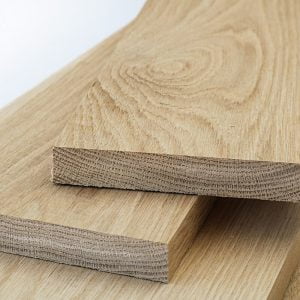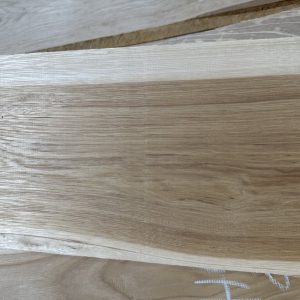Find Your Perfect Wood Product
If you find a product you like, reach out to us for more details and assistance.
Spalted Maple Domestic
Spalting is simply a fungal discoloration of wood, and can be found on a wide range of wood species and genera. It is found in wood that has begun initial stages of decay, and is then subsequently dried (preventing further decay). The partial decay, called spalting, can give the wood dark contrasting lines and streaks where fungus has begun to attack the wood. If the wood has been rescued from the spalting at the right time, the lumber should still be sound and usable, with little to no soft spots or rotten wood.
Length: Not specified
Thickness: Hit and miss to 15/16 inches
- Common Name(s): Spalted Maple, Black Line Maple
- Botanical Designation: Not a distinct species of maple; spalting is a fungal discoloration caused by partially decayed wood
- Distribution: Primarily temperate regions in the Northern Hemisphere
- Tree Size: Varies depending on species
- Average Dried Weight: 30.2 to 44.0 lbs/ft³ (485 to 705 kg/m³) depending on species
- Janka Hardness: 700 to 1450 lbf (6450 N) depending on species
Heartwood: Varies in color; spalted areas can include dark contrasting lines and streaks where fungus has attacked the wood.
Sapwood: Light colored, provides good contrast for spalting.
Grain: Usually straight but can be irregular.
Texture: Medium texture with moderate natural luster.
Non-durable to perishable; susceptible to insect attack.
Fairly easy to work with both hand and machine tools. Maple can burn when machined with high-speed cutters. Turns, glues, and finishes well though blotches can occur when staining; a pre-conditioner, gel stain, or toner may be necessary to get an even color.
- Flooring
- Veneer
- Paper (pulpwood)
- Musical instruments
- Cutting boards
- Butcher blocks
- Workbenches
- Baseball bats
- Other turned objects and specialty wood items






Spalting is a fungal discoloration found in wood that has begun initial stages of decay and is subsequently dried, preventing further decay. The partial decay, called spalting, gives the wood dark contrasting lines and streaks where fungus has begun to attack. If rescued at the right time, the lumber should still be sound and usable with little to no soft spots or rotten wood.
Note: Spalting is commonly found in species like sycamore, hackberry, beech, birch, and hickory, as well as tropical species such as tamarind and mango.